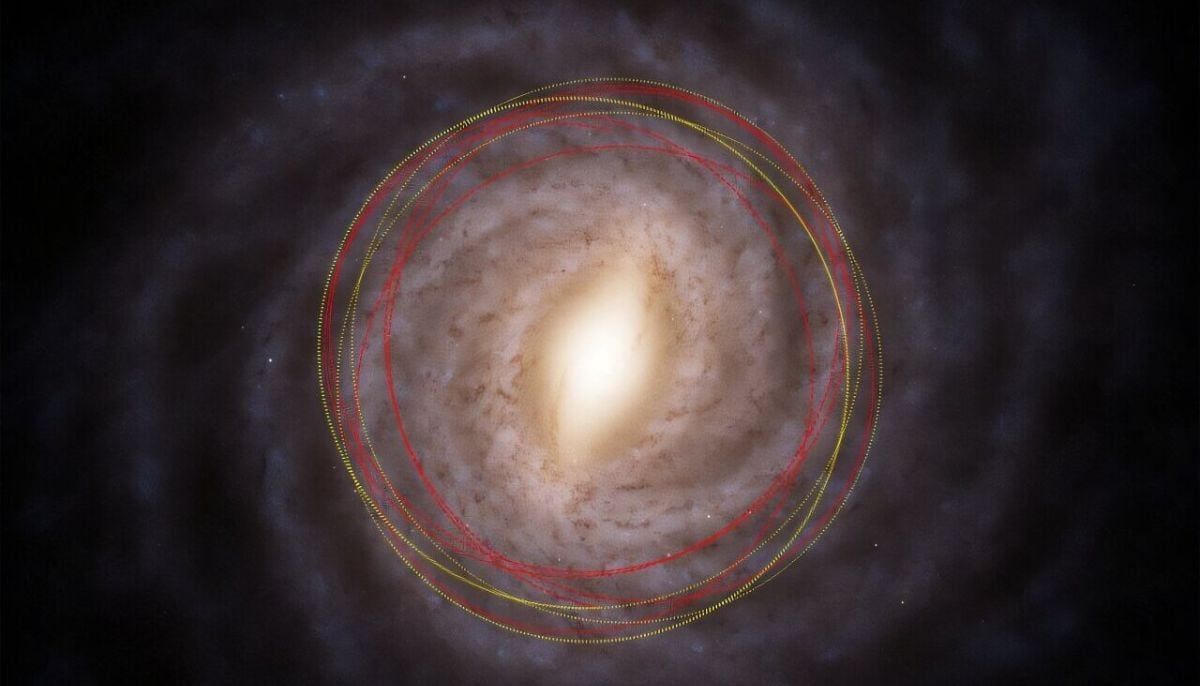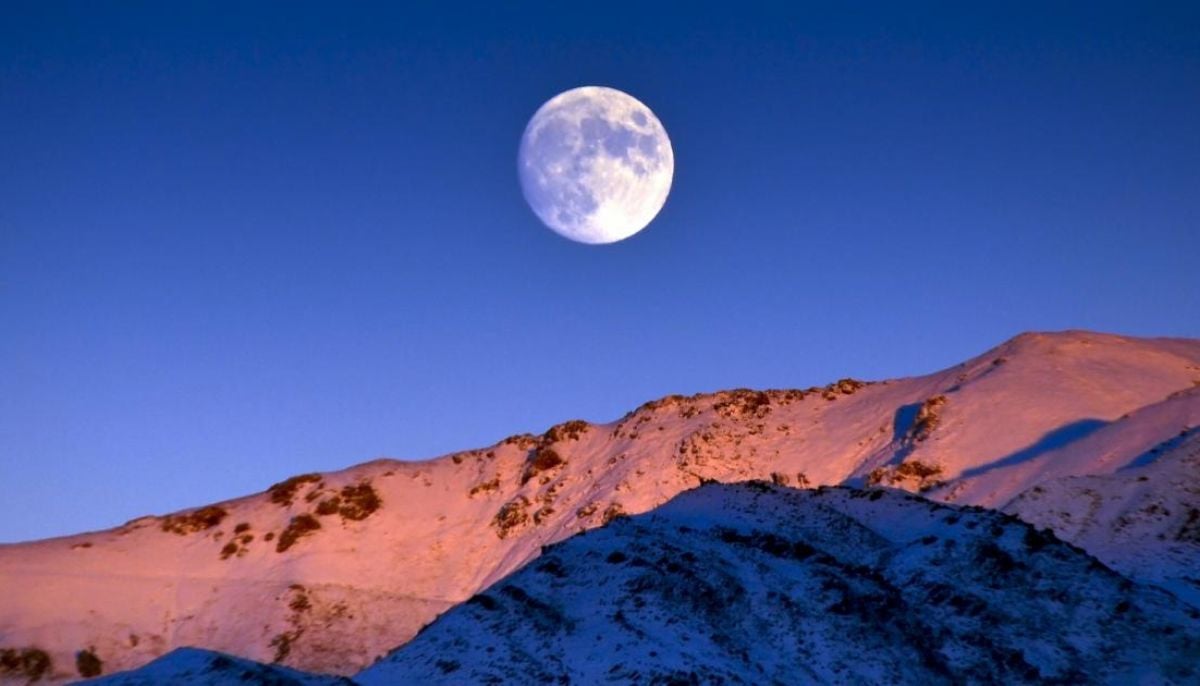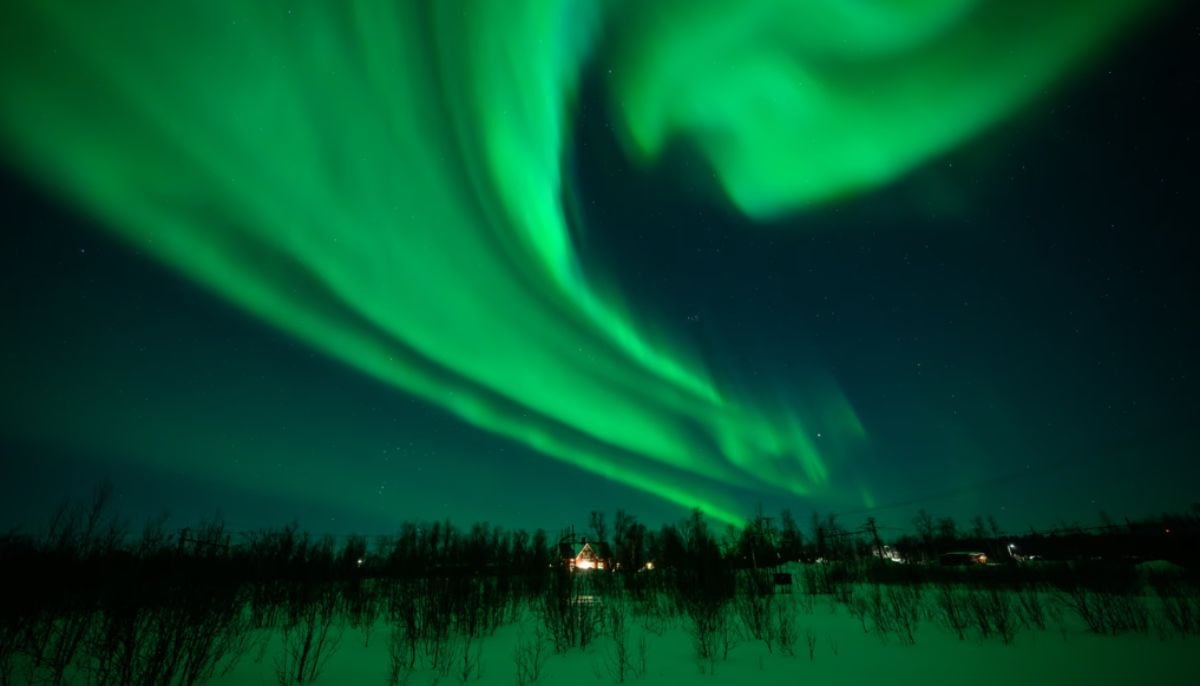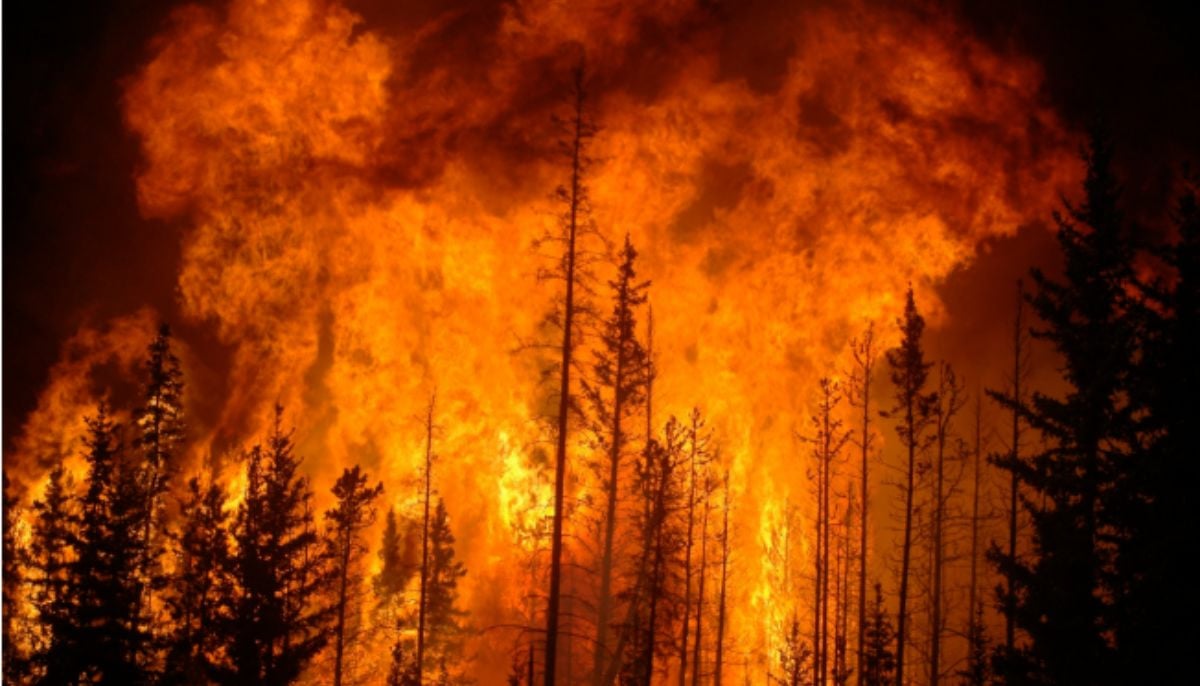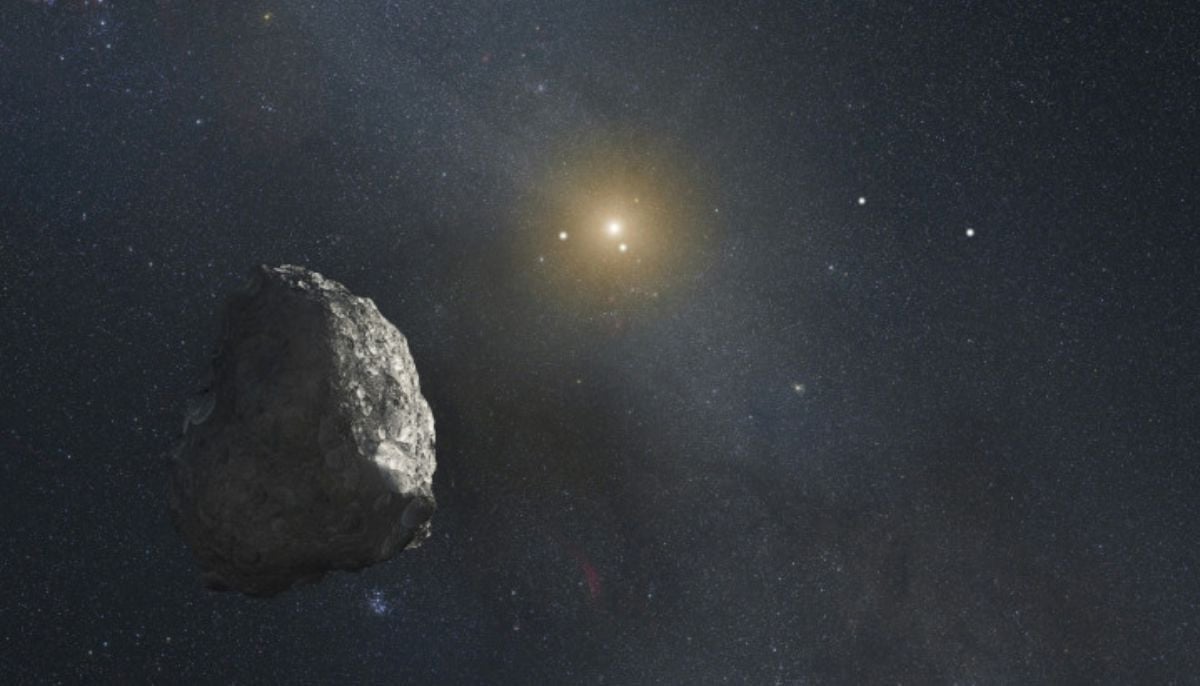Why is US experiencing sun and moon in different colours?
The "Strawberry Moon," isn't named for its colour, but the wildfire smoke gave it a reddish hue, resulting in scenic sunsets and sunrises in US
There is no question that this spring in northeast Ohio and western Pennsylvania has been unusual, based on the residents' opinions. In Youngstown, Monday marked the 16th day in a row without any precipitation.
However, if the streak lasts 20 days, it will rank among the ten driest months ever, at the Youngstown Warren Regional Airport, WKBN reported.
As a result of the dry weather, multiple opportunities have arisen to view the sunrise, sunset, and moon across the valley. However, even that has been unique and different, the report said.
The effects of the unusually dry weather have not just been felt in the valley.
Eastern Canada has had a large number of wildfires as a result of the dry weather, and the wildfire smoke has passed over the Ohio region several times in the previous two weeks due to a northerly wind.
Yet, the smoke has produced some stunning sunrises and sunsets and even altered the colour of the moon. The "Strawberry Moon," which happened this past Saturday, isn't named for its colour, but the wildfire smoke gave it a reddish hue.
The reason behind the smoke altering the colour of the sun and moon is the same as the reason the sky is blue: some of the light that enters the Earth's atmosphere is dispersed by the gases there, the report revealed.
There are six colours that make up visible light: red, orange, green, blue, indigo, and violet. Violet, indigo, and blue have shorter wavelengths than red, orange, and green, which have longer wavelengths.
The sun lies directly overhead during the day and travels only a short distance from the top of the atmosphere to the earth.
As a result, the atmosphere only scatters the hues indigo and violet, leaving behind the colour blue, which is what gives the sky its blue hue.
As the sun is lower in the sky later in the day (or earlier in the morning), it takes more time for light to reach the eyes.
The only colours left are reddish or orange as a result of the dispersal of the colours green, blue, indigo, and violet. When the moon is close to the horizon, the same phenomenon also happens.
Even when the sun or moon is not as close to the horizon, clouds and smoke can accentuate this phenomenon to generate reddish or orange colours. This is due to the fact that, like the atmosphere, the smoke particles and cloud droplets scattered the light.
-
World oceans absorbed record heat in 2025, may trigger intense climate crises, says report
-
February full moon 2026: Snow Moon date, time and visibility
-
Watch: Beautiful northern lights dazzling over Greenland's skies
-
Wildfires are polluting our environment more than we thought: Find out how
-
3I/ATLAS flyby: Why is Jupiter’s 96th Moon drawing intense scientific interest?
-
NASA spacewalk 2026: Medical issue prompts rare talk of early ISS crew return
-
Comet 3I/ATLAS: Scientists examining images they cannot easily explain
-
Wolf Moon 2026: Will the full moon outshine the Quadrantid meteor shower?

